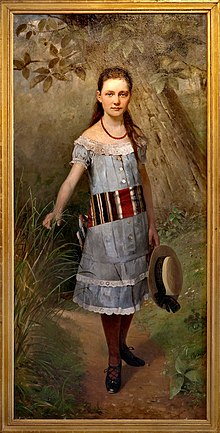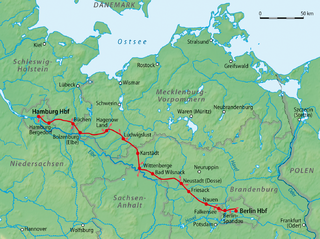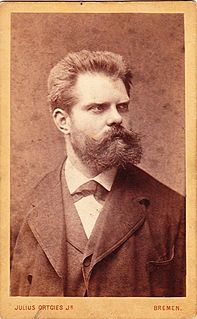
The Hamburg Parliament is the unicameral legislature of the German state of Hamburg according to the constitution of Hamburg. As of 2011 there were 121 members in the parliament, representing a relatively equal amount of constituencies. The parliament is situated in the city hall Hamburg Rathaus and part of the Government of Hamburg.
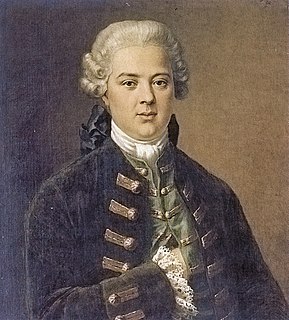
The Hanseaten is a collective term for the hierarchy group consisting of elite individuals and families of prestigious rank who constituted the ruling class of the free imperial city of Hamburg, conjointly with the equal First Families of the free imperial cities Bremen and Lübeck. The members of these First Families were the persons in possession of hereditary grand burghership of these cities, including the mayors, the senators, joint diplomats and the senior pastors. Hanseaten refers specifically to the ruling families of Hamburg, Lübeck and Bremen, but more broadly, this group is also referred to as patricians along with similar social groups elsewhere in continental Europe.

Gustav August Rudolph Crasemann was a Hamburg businessman and parliamentarian.

Joh. Berenberg, Gossler & Co. KG, commonly known as Berenberg Bank and also branded as simply Berenberg, is a Hamburg-based multinational full-service investment bank. It was founded by the Flemish-origined Berenberg family in 1590 and is the world's oldest merchant bank and also the world's oldest or second oldest bank, depending on the definition. Its owners, the Berenberg/Gossler family, belonged to the ruling elite of Hanseatic merchants of the city-republic of Hamburg and several family members served in the city-state's government from 1735. Like many other merchant bankers, the Berenbergs were originally cloth merchants. The bank's name refers to Johann Berenberg and his son-in-law Johann Hinrich Gossler, and has remained unchanged since 1791. The bank has operated continuously since 1590 and is still part-owned by members of the Berenberg-Gossler family.
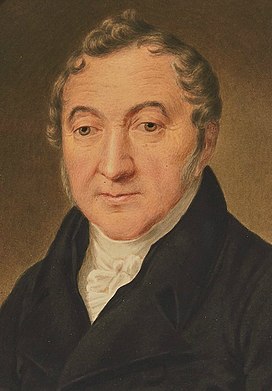
Ludwig Erdwin Seyler was a Hamburg banker, merchant and politician. He was by marriage a member of the Hanseatic Berenberg banking dynasty, and was a partner in the Hamburg firm Joh. Berenberg, Gossler & Co. for 48 years (1788–1836), for 46 years as the company's senior partner. Seyler was one of the first merchants and bankers from modern Germany to establish trade relations with the United States and East Asia. He served as a member of the government of Hamburg during the Napoleonic Wars and later as the President of the Commercial Deputation, one of the city-state's main political bodies, and as a member of the Hamburg Parliament. Ludwig Seyler was a son of the Swiss-born theatre director Abel Seyler and a son-in-law of the bankers Johann Hinrich Gossler and Elisabeth Berenberg through his marriage to their eldest daughter Anna Henriette Gossler.

Johann Hinrich Gossler was a German banker and grand burgher of Hamburg, a member of the Hanseatic Berenberg/Gossler banking dynasty and the owner and head of the firm Joh. Berenberg, Gossler & Co.. He was married to Elisabeth Berenberg (1749–1822), the only heir of the Berenberg banking family. Gossler Islands in Antarctica are named in honour of his family.

The Berenberg family was a Flemish-origined Hanseatic family of merchants, bankers and senators in Hamburg, with branches in London, Livorno and other European cities. The family was descended from the brothers Hans and Paul Berenberg from Antwerp, who came as Protestant refugees to the city-republic of Hamburg following the Fall of Antwerp in 1585 and who established what is now Berenberg Bank in Hamburg in 1590. The Berenbergs were originally cloth merchants and became involved in merchant banking in the 16th century. Having existed continuously since 1590, Berenberg Bank is the world's oldest surviving merchant bank.

Amsinck is a Dutch-origined patrician family whose members were prominent merchants in multiple countries including the Netherlands, Hamburg, Portugal, England, France, Hanover, Holstein, Denmark, Suriname and India. From the 17th century the Hamburg branch of the family formed part of the city-state's ruling class, the Hanseaten or hereditary grand burghers, who enjoyed legal privileges in Hamburg until 1918. Amsinck has been one of Hamburg's great business families over many centuries, and its members reached the highest positions in Hamburg society, including as senators and head of state. A branch of the family were large plantation owners in Suriname. The Hamburg branch retained a Dutch identity for centuries, often intermarrying with other Dutch-origined patrician families.
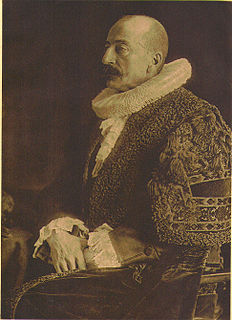
Johann Heinrich Burchard was a Hamburg lawyer and politician who served as senator and First Mayor and President of the Senate of the Free and Hanseatic City of Hamburg.
The Seyler family is a Swiss family, originally a patrician family from Liestal near Basel. Family members served as councillors and Schultheißen of Liestal from the 15th century, later also as members of the Grand Council of Basel. A Hamburg branch descended from the banker and renowned theatre director Abel Seyler became by marriage a part of the Berenberg banking dynasty, co-owners of Berenberg Bank and part of Hamburg's ruling class of Hanseaten.
Baron Cornelius von Berenberg-Gossler was a German banker, a member of the illustrious Berenberg-Gossler banking dynasty, and owner and head of Berenberg Bank from 1913. He withdrew from active management of the bank in 1932.

Elisabeth Berenberg was a Hamburg heiress, merchant banker and a member of the Berenberg family. She was the last male line member of the Flemish-origined Hanseatic Berenberg family in Hamburg, and ancestral mother of the von Berenberg-Gossler family, the current owners of Berenberg Bank. She is also noted as the only woman ever to serve as a partner and take an active leadership role (1790–1800) at Berenberg Bank since the company was established in 1590 by her family.

The Mortzenhaus was one of the largest and most well known city palaces in Hamburg. It was built in 1621 by the brothers and arms dealers Jacob and Hans Moers, who were among the wealthiest people in Hamburg in their lifetime.
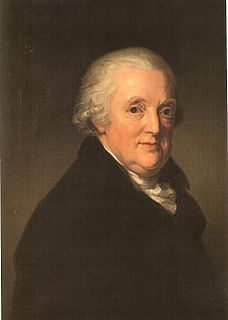
The Schröder family is a Hanseatic family of Hamburg, that is, a family that belonged to the historical ruling class of grand burghers of the city republic prior to the constitutional changes in 1918–19.
Robert Kayser was a Hamburg industrialist and banker.

Henriette Wegner, née Henriette Seyler, was a Norwegian businesswoman and philanthropist, a member of the Hanseatic Berenberg banking dynasty of Hamburg and the wife of the Norwegian industrialist Benjamin Wegner. She was briefly a co-owner of Berenberg Bank, and was also noted for her work for the homeless in Norway. During her life she was a citizen of the city-republic of Hamburg, of France during the Napoleonic Wars, and finally of Norway from 1824.

The Gossler family, including the Berenberg-Gossler branch, is a Hanseatic and partially noble banking family from Hamburg.

Anna Henriette Gossler was a Hamburg banker, heiress and socialite.

